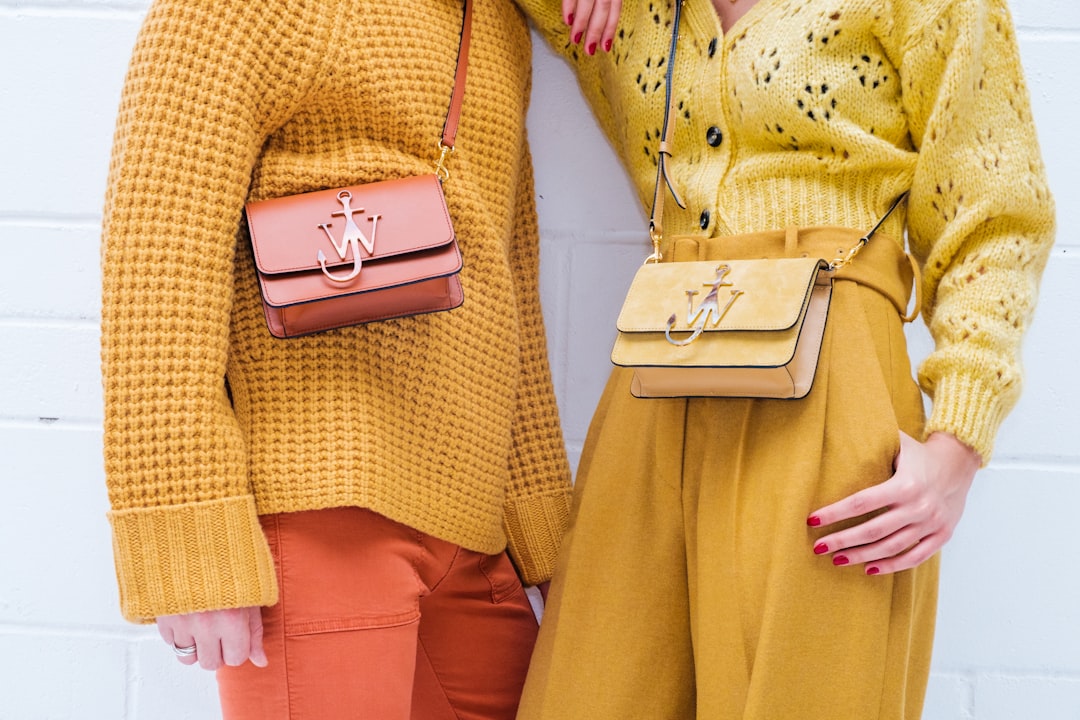Transform Your Wardrobe: The Art of Sustainable Fashion Choices
In a world increasingly focused on sustainability, fashion has found itself at a crossroads. The traditional model of fast fashion, characterized by its low-cost and high-turnover clothing, is facing a necessary revolution. Enter sustainable fashion—a movement that champions the idea of quality over quantity, ethical production practices, and a minimal environmental footprint. If you’re eager to transform your wardrobe into one that reflects not only your personal style but also your values, here are some insights into making eco-friendly choices without sacrificing flair.
First and foremost, let’s discuss the foundation of sustainable fashion: materials. Opt for fabrics that are kind to the Earth, such as organic cotton, linen, hemp, and Tencel. These materials require fewer pesticides and water than their conventional counterparts, making them a better choice for the planet. Moreover, some brands have begun to incorporate recycled materials into their collections, allowing you to wear fashion that has been repurposed and given a second life. For example, plastic bottles can be transformed into stylish clothing, and this innovative approach not only reduces waste but also highlights the brand’s commitment to sustainability.
When it comes to the shopping experience, thrifting and second-hand shopping are increasingly popular options. Not only does this approach save you money, but it also supports a circular economy, where clothing is reused and kept out of landfills. From vintage boutiques to online resale platforms, there are endless opportunities to find unique pieces that no one else will have. You might stumble upon a one-of-a-kind jacket or a timeless dress that perfectly encapsulates your style, all while making a positive impact on the environment.
If you’re a DIY enthusiast, there are countless ways to revamp your wardrobe with a personal touch. Upcycling—taking old or discarded clothing and transforming it into something new—has gained momentum as a creative outlet. Whether it’s cutting jeans into stylish shorts, adding patches to a jacket, or even sewing a dress from a thrifted tablecloth, the possibilities are limited only by your imagination. Not only does this reduce waste, but it also allows you to express your individuality and craftsmanship.
Now, let’s talk about the psychology of fashion. Our clothing choices can profoundly impact our self-perception and the way others perceive us. Wearing sustainable and ethically produced garments can evoke a sense of pride and fulfillment, knowing that your choices contribute to a larger cause. Studies have shown that consumers who align their purchases with their values report higher levels of satisfaction. So, when you don that eco-friendly outfit, remember that it’s not just a fashion statement; it’s a reflection of your commitment to a better world.
Moreover, as the conversation around sustainable fashion grows, brands are responding with increased transparency. Today’s consumers are more discerning, demanding to know the story behind their clothes. They want to understand the supply chain, labor practices, and environmental impact of the garments they buy. Brands that prioritize sustainability are now sharing these narratives, allowing shoppers to make informed choices and connect more deeply with their purchases.
However, the journey towards a sustainable wardrobe doesn’t mean you have to sacrifice style. In fact, many designers are creatively pushing the envelope, blending aesthetics with ethics. Think chic silhouettes made from organic fabrics or striking accessories crafted from upcycled materials. The key is to seek out brands that resonate with your values and reflect your personal style.
In conclusion, transitioning to a sustainable wardrobe is an empowering journey that can redefine your relationship with fashion. By prioritizing eco-friendly materials, embracing second-hand shopping, experimenting with DIY projects, and supporting transparent brands, you not only elevate your style but also contribute positively to the planet. Fashion is not merely about clothing; it’s a form of self-expression that can resonate with our collective responsibility towards the environment. So, the next time you find yourself browsing through your closet or a local thrift store, remember that each choice you make has the power to inspire change. Let’s embrace a fashion revolution—one conscious choice at a time.







